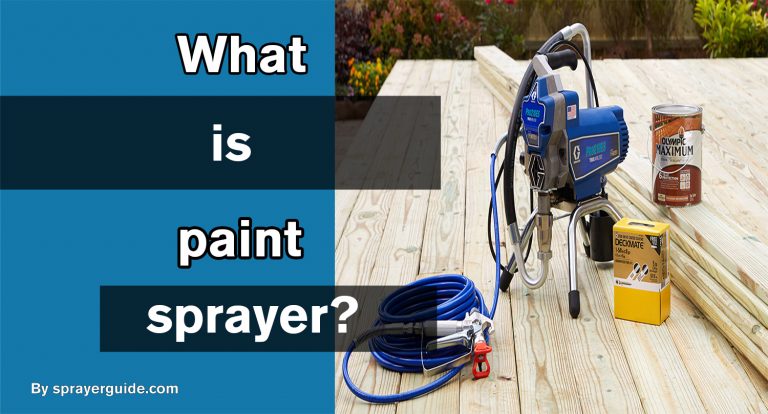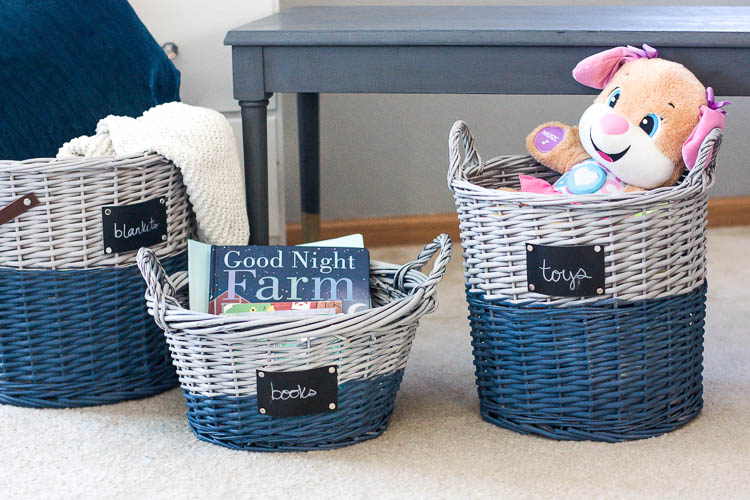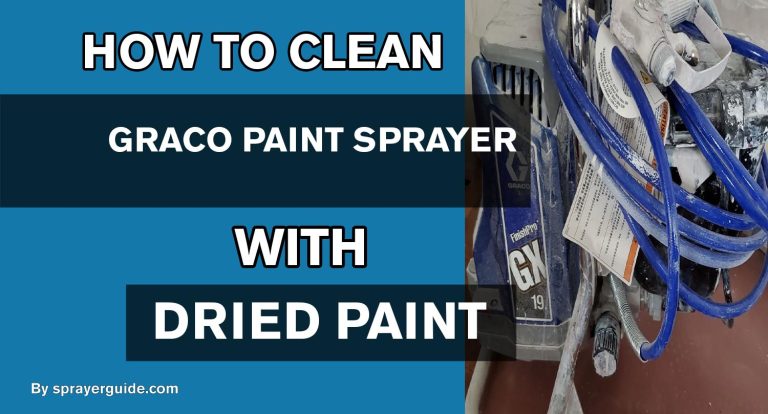You can change the look of the inside of your home, make it look more attractive, and add texture by painting a textured ceiling. But you need to know how to use the right tools and techniques to get a finish that looks like a pro did it. This blog post will discuss choosing the right paint, preparing the walls, and using a roller to get the best results. You don’t have to be a trained painter or decorator to do this job. Changing the look of a ceiling is easy for anyone who knows the basics of home improvement. Read on to learn how to paint a textured ceiling with a roller to look like a professional did.

Choose The Right Roller For The Job:
When choosing the roller to paint a textured ceiling, it’s essential to consider how long it is and how much it piles up. Longer rollers with more “pile” are better for quickly and smoothly covering larger areas. In comparison, shorter rollers with less “pile” are better for smaller areas or covering up uneven textures.
- Choose a roller with the correct length for the job – A longer roller is better suited to cover larger areas quickly and smoothly, while a shorter roller is best for smaller areas or uneven texture.
- Select the appropriate pile of the roller – If you are painting an unevenly textured ceiling, choose a roller with more pile to fill any gaps in the texture. For smoother ceilings, use a thinner pile to create a uniform finish.
- Ensure that your chosen roller is designed on textured ceilings. Some rollers are not designed for textured surfaces and may leave streaks or marks in your paintwork, so make sure you have selected one specifically designed for this purpose before starting.
- Test your roller on a sample piece of the ceiling before painting – This will help you to identify any potential problems that may occur when using the chosen roller, such as leaving marks or streaks.
The right roller can make a big difference when painting textured ceilings. By doing these easy steps, you can ensure the result is perfect. You can always make something beautiful if you plan and have the right tools.
How To Paint A Textured Ceiling With A Roller
One of the most effective ways to update a room is to paint a textured ceiling with a roller. Doing this yourself can be inexpensive, quick, and easy to give your home an instant makeover.
Here’s what you’ll need for the project:
- The high-quality roller cover
- Roller extension handle (if required)
- Paint tray and liner
- Primer or bonding agent
- Textured paint Drop cloths
- Painter’s tape
Prep the Ceiling:
Clean the ceiling with a vacuum cleaner, then remove cobwebs and dust. Ensure you cover all furniture, floors, walls, and fixtures with drop cloths to protect them from paint splatters.
Prime the Ceiling:
If necessary, apply a primer or bonding agent to the ceiling using a roller and extension handle. This will help ensure the textured paint adheres appropriately and evenly to the surface. Allow sufficient drying time before proceeding to Paint Texture On The Ceiling.
Paint Texture On The Ceiling:
Now it’s time for some creativity! Spread an even layer of textured paint over the primed surface to achieve your desired texture using a high-quality roller cover. If you have trouble getting an even finish, try using a specialty roller cover or brush to help spread the paint.
Protect Your Work:
Finally, use painter’s tape and drop cloths to protect your work from accidental splatters. Allow the textured paint to dry for at least 24 hours before removing the protection and admiring your handiwork! It’s that simple! With patience and practice, you can give any room in your home an instant makeover with a textured ceiling painted by hand.
Apply Two Coats Of Paint For Even Coverage:
When you paint a textured ceiling with a roller, you need two coats of paint for a smooth finish. The first layer should not cover the whole surface and should be thin. This will make a soft base coat showing the textured ceiling. After the first coat has dried, add a second one. This second coat should be thicker and help smooth out any bumps in the first layer. Make sure the paint is spread evenly, and use long strokes to paint the ceiling. Don’t add any more paint until the second layer is completely dry. By following these steps, you can ensure that the finish on your textured ceiling is even and looks like a pro did it.
What is The Fastest Way To Paint A Textured Ceiling?
Painting a textured ceiling can be time-consuming and labor-intensive, but there are specific steps you can take to make your painting project go more quickly and smoothly. The fastest way to paint a textured ceiling is to begin by cleaning the surface of the ceiling with a damp cloth or vacuum cleaner attachment. This will help remove any surface dirt, dust, and cobwebs.
Sand the Ceiling
Once you have cleaned the ceiling, it’s important to sand it with medium-grit sandpaper before starting your painting project. This will create a smooth surface for the paint to adhere to and help remove any loose pieces of texture from the ceiling. Be sure not to sand too heavily, as this could damage the surface of the ceiling.
Prime It
After sanding, prime your textured ceiling with an oil-based primer. This will allow the paint to stick better and give you better coverage when you start painting.
Choose The Right Tools
Using the right tools can make all the difference when painting a textured ceiling. An airless sprayer is usually the best option as it will evenly distribute the paint onto the surface of the ceiling with minimal effort. Use an extension pole to reach all ceiling areas without straining your back.
Layer The Paint
When painting a textured ceiling, it’s vital to ensure each layer of paint is completely dry before starting the next one. This will ensure that your paint job looks even and professional. Take your time, and don’t be afraid to apply multiple thin layers rather than one or two thick ones for optimal coverage.
Following these steps, you can quickly and well paint a textured ceiling. With the right planning and tools, you can finish a project so fast that it looks like a pro did it. Make sure you have the right tools, take your time with each step, and let each layer of paint dry completely before starting the next. This will help you finish a painting job quickly and easily. If you remember these tips, you can paint your textured ceiling well.
Frequently Asked Questions:
Yes, you can use a roller to paint a textured ceiling. Still, it needs to be done with specific tools and methods. When painting, use the right roller cover to keep the same texture (one with a short nap). You could also use a ladder or an extension pole to reach all parts of the ceiling without working too hard. Wet your roller before you start painting so you don’t pull up any of the texture on your ceiling.
It depends on the material of the textured ceiling and whether or not it has any spots or stains. If the ceiling is drywall, it may be necessary to prime it first. But, if your textured ceiling is previously painted and in good condition, you may not need to prime it if you use a good primer and paint combination.
Yes, you can use a brush to paint on a rough ceiling. On the other hand, this process may take longer than rolling. When painting over the texture with a brush, use short strokes and work in sections to keep the material from getting smudged. You should also paint with two coats instead of just one to ensure the color is even when it dries.
Conclusion:
Finally, anyone with basic painting skills and the right tools can use a roller to paint a textured ceiling. Starting at the room’s edges and working your way in will ensure the paint is spread evenly across the ceiling. Make sure to let each coat dry completely before putting on the next. Lastly, don’t forget to clean your painting tools when finished! If you follow these steps, you should be able to make a beautiful ceiling with texture for your home.
Read More:
- How Long Does Primer Spray Paint Take To Dry
- How To Spray Paint Wood Chairs
- How To Thin Water-Based Paint For Roller
- How Long Does Spray Paint Take To Dry Metal
- Is It Better To Spray Or Roll the Interior Paint
- Does A Paint Sprayer Use More Paint Than A Roller
- How To Thin Water-Based Paint For Spraying
- How To Clean Wagner 350 Paint Sprayer
- How To Paint A Textured Ceiling With A Roller
- Which Is Better, Air Or Airless Paint Sprayer
- How To Use Hvlp Spray Gun
- How Long Does Spray Paint Take To Dry On Cardboard
- Graco Magnum Prox17 VS X5






